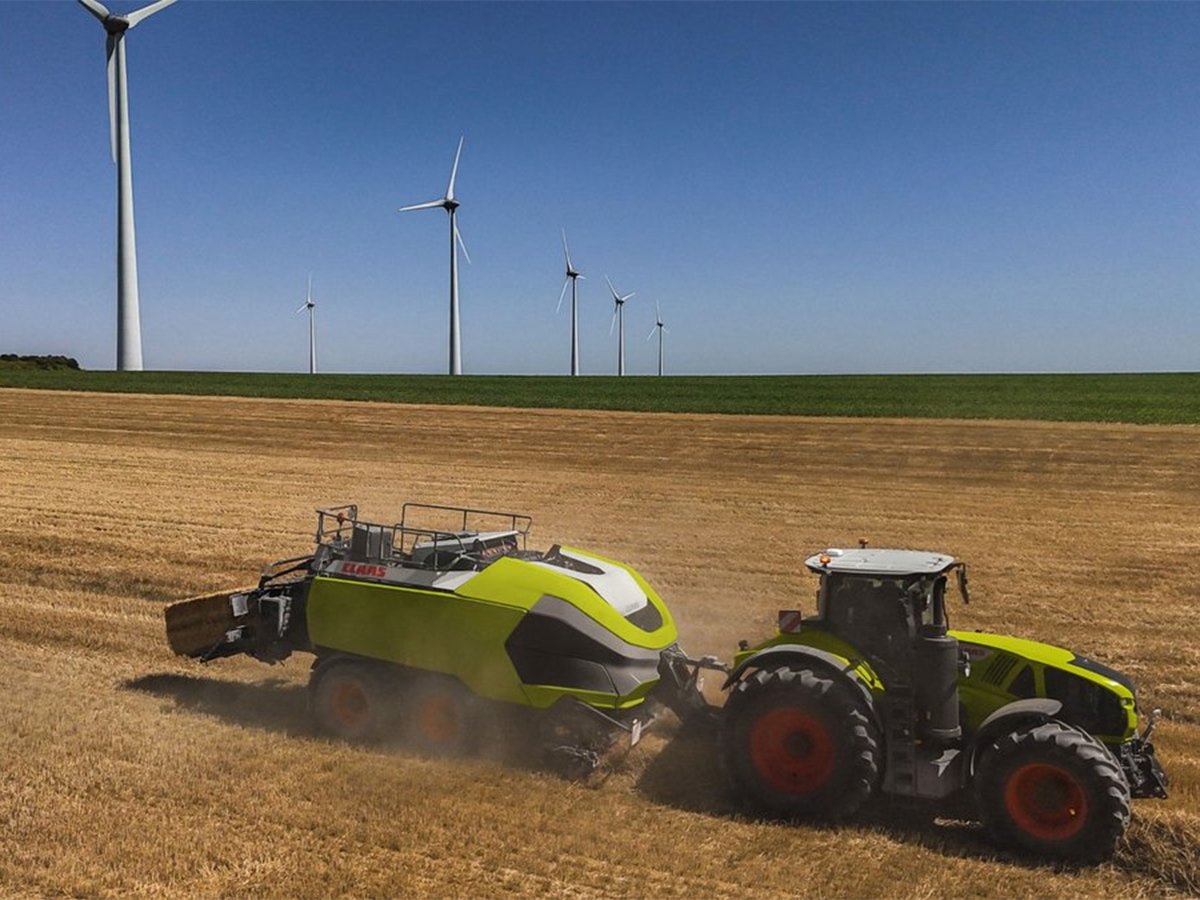RED DEER – Westerners are ready for spring after shivering through a long, cold and snowy winter, but one long range forecaster says we could be in for another stretch of cool weather.
Climatologist Art Douglas of Creighton University in Nebraska takes a world view of the weather and from his observations of sea surface temperatures and sunspots, he predicts the Canadian Prairies could face a cool, dry spring.
The northern Rockies and western plains of Canada should see a lot of cloud and stormy weather so temperatures may be cooler with a return to a normal summer, he told the recent Alberta Beef Industry Council convention in Red Deer.
Read Also

Machinery automation runs through 2025 Agritechnica innovation awards
Computer vision and AI processing for farm machinery show up many times in Agritechnica’s 2025 innovation award winners.
A La Nina condition is hurting many of the crop growing regions of the world, with drought in Asia, Russia, Australia, Mexico, Argentina and the southern United States.
Crops are stressed in the southern plains of China, and southern Australia is returning to extreme dryness, which is worsening wild fires.
“The drought we are seeing in southwestern Australia could intensify,” Douglas said.
Argentina is facing its driest year in a century, with stressed crops. Drought started in the southern portions of the country last year and has been intensifying the last 12 months. Brazil is in relatively good condition and yields should be similar to last year’s.
The North American drought monitor map released Feb. 20 shows the U.S. southern plains, Mexico, north-central Alberta and parts of Saskatchewan are under drought. However, Douglas is forecasting an El Nino toward the end of 2009 because of a pool of warm water in the east-central Pacific Ocean that could change the weather by August.
“The warm water pool west of California is the warmest pool we have ever seen,” he said.
The Australian government environment service is also predicting a moderate El Nino by September.
El Nino brings rain to the southwestern U.S., a warm, dry, winter to southwestern Canada and drought to Australia. El Nino summers for Western Canada tend to be warmer than normal but cool off by early fall, so drought is possible.
Another of Douglas’s forecasting tools is the comparison of current weather conditions to past years. His research has found 2009 compares to 1962,1965, 1975 and 1989. All those years saw El Ninos develop in the second half of the year.
He also tracks sunspot activity, which appears to have some influence on weather. There was plenty of activity in 2000-01, but it has slowed to almost nothing.
“NASA has not been able to figure out why the sunspot activity has lasted as long as it has,” he said.
“When you have more sunspots, you have more energy coming to the planet and you have a warmer planet.”
Low activity means a cooler planet.
“If we are starting to go back to another sunspot minimum, we are going to have some problems with what is happening in the United States and Canada.”















